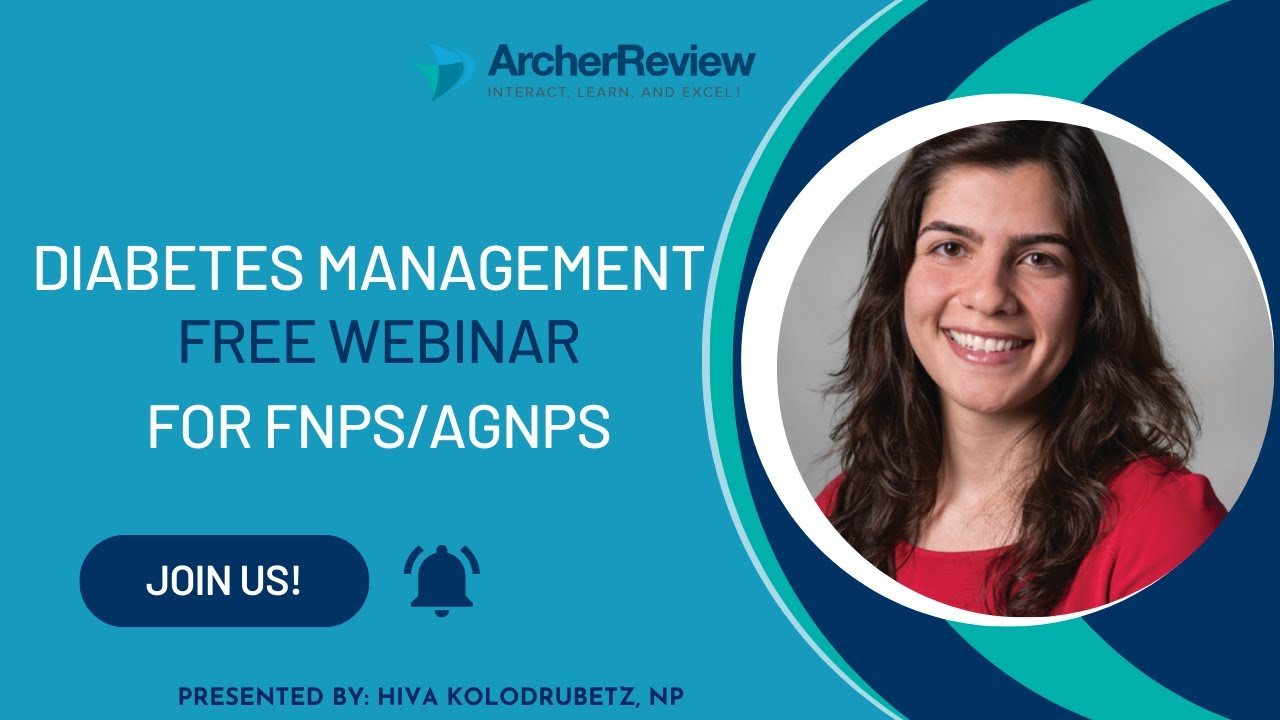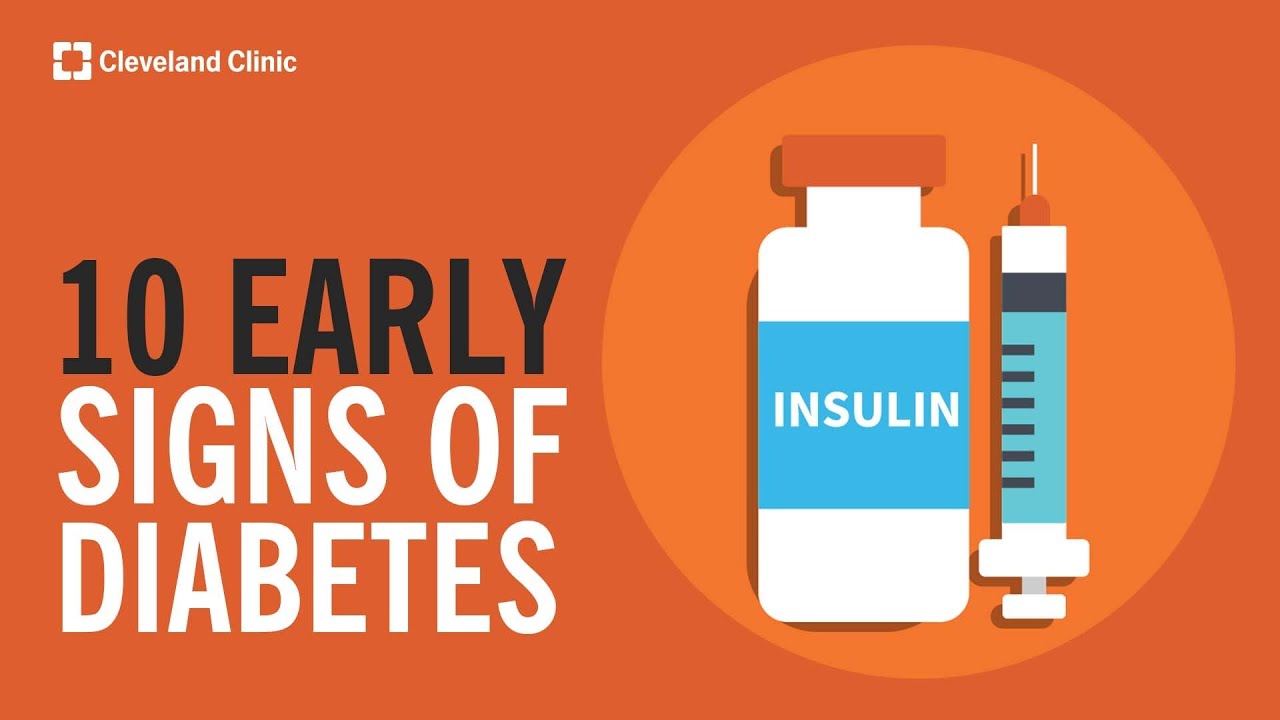NEW YORK (Reuters Health) – Intensive insulin therapy in type 1 diabetics reduces their risks of neuropathy and retinopathy over the long-term, according to two papers published online February 11th in Diabetes.
Both papers report data from the long-term Epidemiology of Diabetes Interventions and Complications (EDIC) study. Since the early 1990s, the EDIC researchers have followed participants in the landmark Diabetes Control and Complications Trial, which showed that intensive therapy (three or more insulin injections per day or use of a continuous pump) prevented complications more effectively than standard therapy (two injections per day).
In the follow-up study, which has lasted more than 10 years now, all of the subjects have been told to use intensive insulin therapy.
In one of the two papers in Diabetes, Dr. James W. Albers, from the University of Michigan Medical School, Ann Arbor, and colleagues used clinical and nerve conduction studies to compare rates of neuropathy in 603 former intensive-therapy and 583 former conventional-treatment subjects. Over time, both groups have achieved similar HbA1c levels.
Between the end of the original study and years 13-14 of EDIC, the prevalence of neuropathy rose from 9% to 25% in the former intensive therapy group and from 17% to 35% in the former conventional therapy group (p < 0.001). The incidence of neuropathy was also lower in the former intensive treatment group: 22% vs. 28% (p = 0.0125).
On longitudinal analysis, improved HbA1c control was directly linked to lower risks of incident and prevalent neuropathy.
In the second paper, Dr. Neil H. White, from Washington University, Saint Louis, and colleagues assessed the impact of intensive therapy in the original trial on patients’ risk of retinopathy. The researchers also looked to see whether any effect on risk was mediated by the patient’s age when intensive therapy started.
Among 1055 adults and 156 adolescents, during 10 years of EDIC, there was no significant difference in HbA1c levels between former intensive and conventional therapy patients, nor between adults and teens. In adults, however, former use of intensive therapy cut the risk of retinopathy by 57%, whereas in teens, no benefit of former intensive therapy was noted. Further analysis suggested a possible explanation for this finding: during long-term follow-up, teens who had been given intensive therapy had higher mean HbA1c levels than adults: 8.1% vs. 7.2%.
The current findings, the authors of both studies agree, emphasize the importance of maintaining HbA1c at as close to target values as possible. “The benefits of former intensive therapy treatment wane over time if HbA1C levels rise,” Dr. White and his colleagues conclude.
Reference:
Diabetes 2010.








